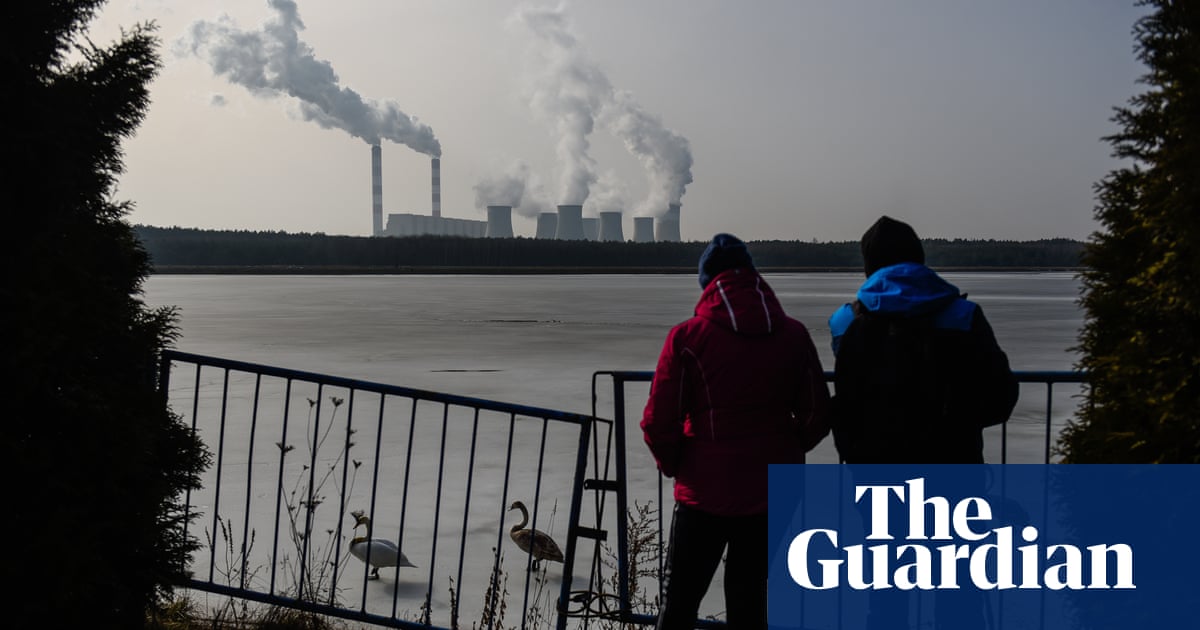
Earlier in January the London mayor and other organisations issued the first pollution warning of the year. These warnings follow the UK government index.
They are designed to protect vulnerable people, but they do this by asking those people who experience most harm to avoid doing things outdoors. They do not ask the polluters to reduce their emissions.
So, what can cities do when air pollution soars and what works?
Many European cities restrict car parking, reduce speed limits, pull the most polluting vehicles off the roads or ban half of vehicles according to odd/even number plates. These are usually balanced by cheaper, or free, public transport and cycle hire.
Most cities justify these schemes on the basis that traffic is a major source of air pollution, and any action must help.
Independent scientific evaluations are mainly restricted to the biggest cities. For example, data from Madrid and Paris shows that banning the most polluting vehicles can reduce traffic pollution by about 15-20%.
Many cities across the western half of the US ban home wood-burning when pollution is predicted to linger in the cold winter air. The scheme in Puget Sound, Washington issues bans each winter that typically last a few days but can be a week or more. In California’s San Joaquin Valley, wood-burning bans on around 100 days a year reduced hospital admissions for heart problems in elderly people by 7-17%. A pilot system has just begun operating in Sheffield in Yorkshire.
Some smogs cannot be controlled from within the city. Western Europe’s spring smogs and northern India’s pollution problems will require actions from surrounding farmers too.
The biggest smog reduction schemes are those around Beijing. These began with the 2008 Olympics and Paralympics, followed by the 2014 Asia Pacific Economic Cooperation (Apec) summit and the 2015 parade to mark the 70th anniversary of the end of the second world war. At times, controls took place over an area of about 500,000 km2, covering a population of nearly 300 million people.
Cuts to industry and traffic over the city and surroundings reduced pollutants by between 40% and 60%. Suddenly, the people of Beijing could see the true colour of the sky without the customary haze. It was nicknamed “Apec blue”, a term that later came to mean something delightful but fleeting.
Beijing’s fleeting blue skies highlight a major problem with emergency actions. The air pollution that we breathe each day does more long-term harm than short smogs. Sufficient actions to control air pollution all the time would also help to control smogs.












